The few original Colonial homes that still stand today reflect this period of early American history, and remind us of building traditions that survived the medieval times in Europe. So many Colonial variations exist. One will find the Early New England Colonials and the smaller Cape Cod homes, built by British settlers, throughout New England. German and Dutch Colonials are generally sited throughout New York, New Jersey, Pennsylvania and Delaware.
Colonial style homes are normally two-story, symmetrical homes with a front door placed at the center of the house. Colonials usually have steep roofs with side gables and often have a chimney down the center. A bit different, with only one or one-and-a-half stories, the “Cape Cod house,” coined by Reverend Timothy Dwight IV, a president of Yale University, included dormers and shuttered windows.
With early German Colonials it was common to see two-foot thick walls made of sandstone, or exposed half-timbering. Dutch Colonials often have a gambrel roof and matching chimneys on both sides of the home. As time passed and more Europeans arrived in America, Colonial architectural fashions evolved. In the 1700’s, the Georgian Colonial became popular, which was more decorative than its predecessor.
Wealthy colonists built Georgian Colonials, which were influenced by the Georgian homes in England, built during the reign of King George I through King George III. At this time, the architecture was inspired by the Italian Renaissance, adding details such as decorative door crowns, flattened columns along front doors and dental molding along eves. While modest, compared to the Georgian style homes in Europe, the Georgian Colonials added noticeable flare to the classic American Colonial style.
Later, during the post Revolutionary years, and continued through the 1830’s, the Federal style Colonial became popular. Federal Colonials sported Palladian and elliptical windows, as these homes were influenced by the temples of ancient Greece and Rome. It was also not uncommon to see a bald eagle detail used on Federal Colonials, to venerate America’s national bird.
As colonists from Spain and France arrived, so did Spanish and French Colonials, located primarily in southeastern United States. Today, these homes are less commonly seen than the Colonial Revivals found in the old home districts of our cities, and the Neocolonials found in America’s suburbs.
Early Colonial homes met American settler’s building needs, while also reflecting their Ideals: having a strong appeal to symmetry and a conservative appearance with minimal ornamentation. Compared with England’s Victorian style, American Colonials are simple, sturdy, and possess an air of purity—they are genuine representatives of early life in America.
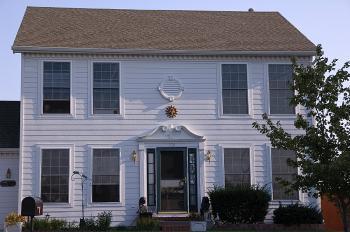
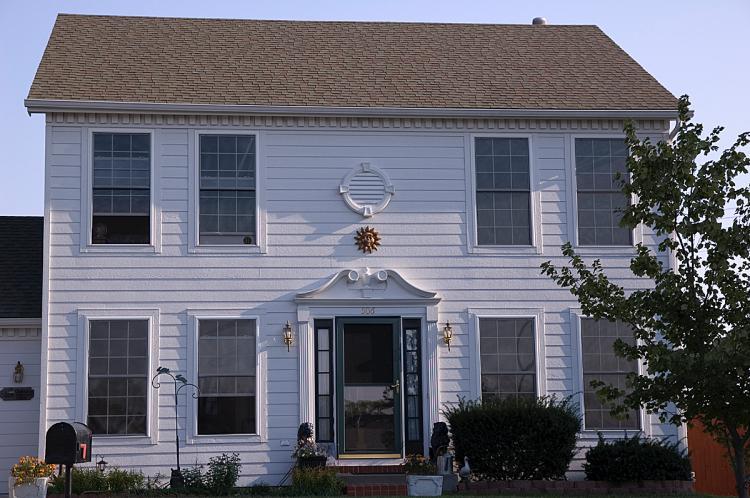
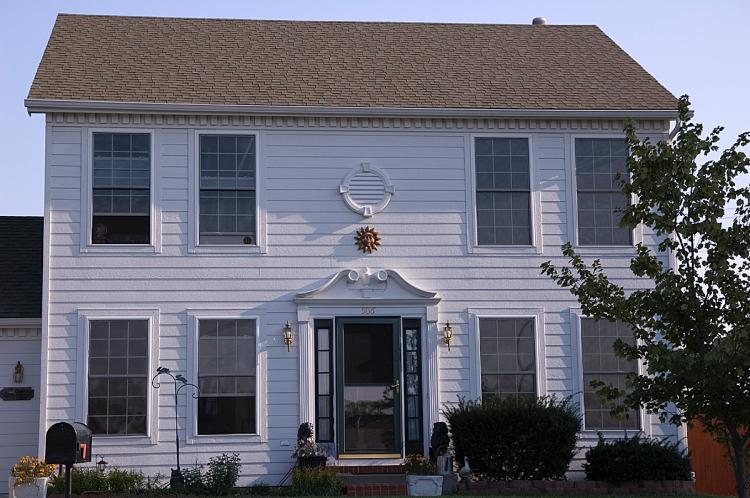
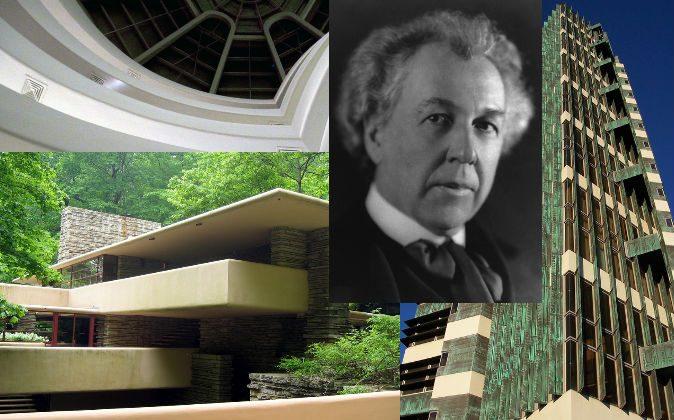
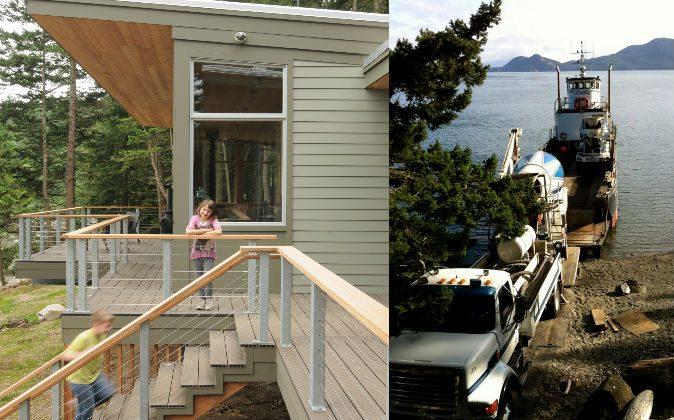


Friends Read Free